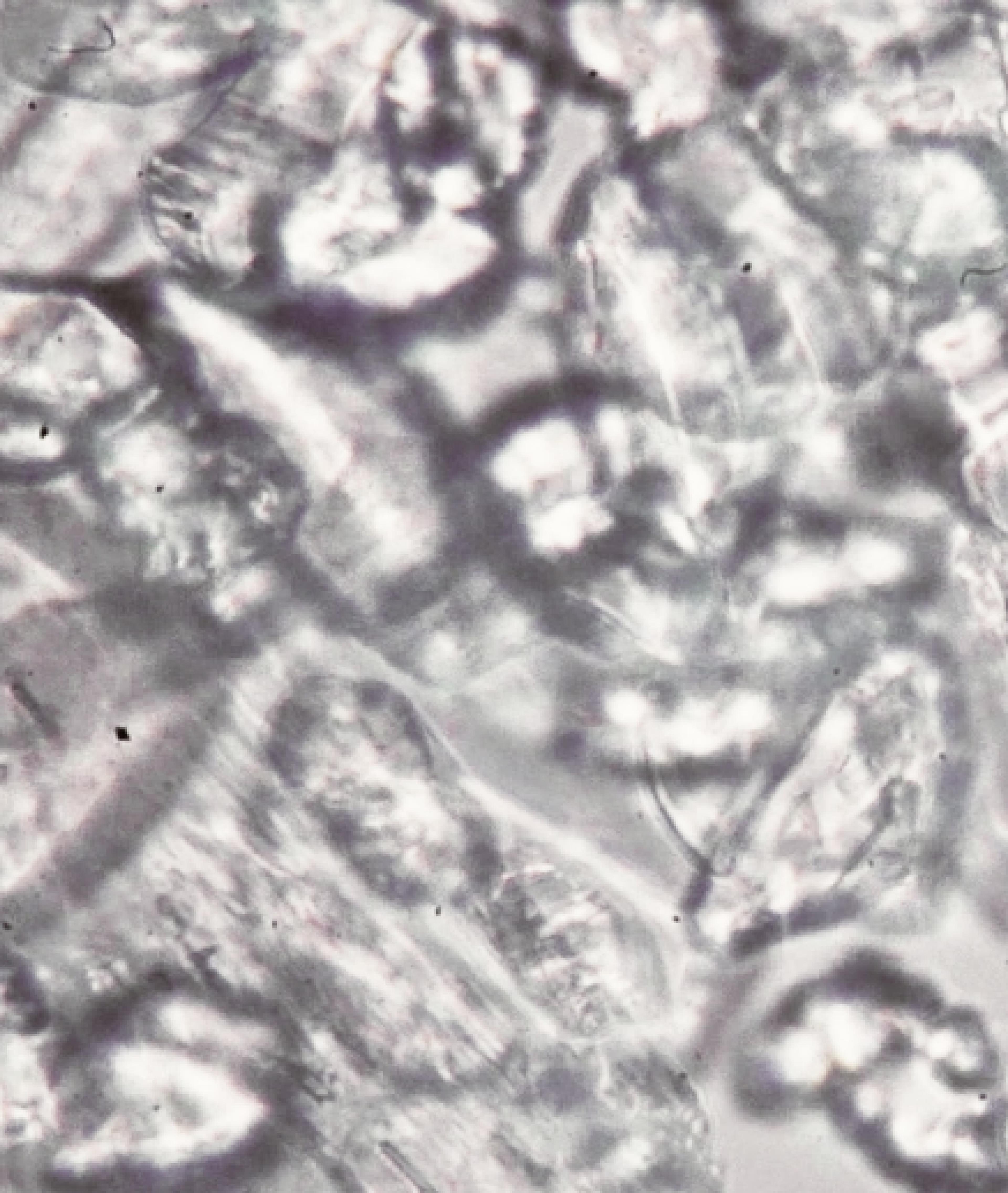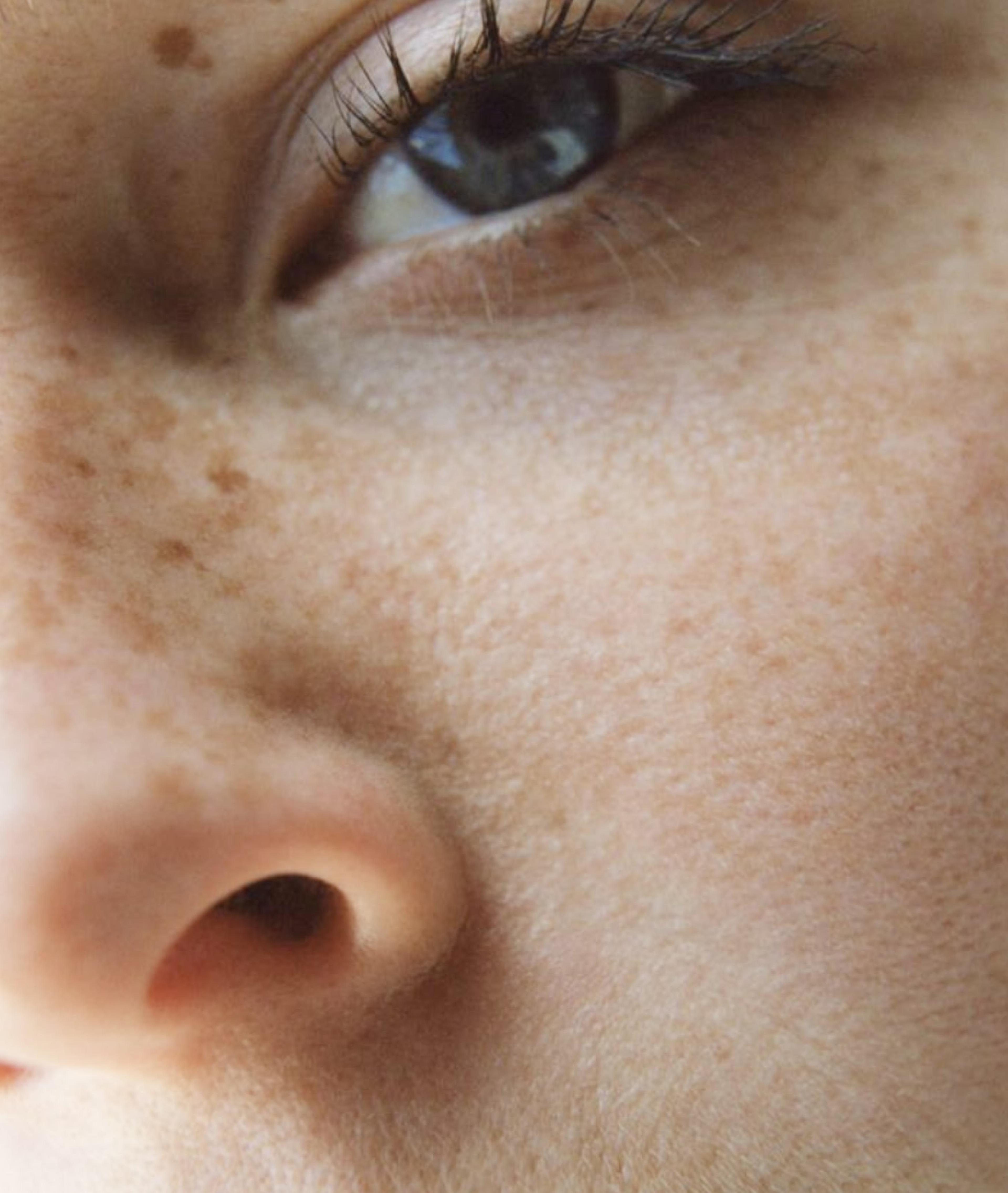Skin on the brain
- Skin microbiome

What do the skin and brain have in common? It may seem like a bizarre notion that these two organs are alike in any way. The brain is so complex and controls so much of our biology, it’s hard to imagine that it shares any similarity to the skin. However, as part of my mission with SIV, I am aiming to show a new perspective for skin. This organ is complex and deserves proper respect for its huge contribution to our biology. So, what’s the deal with our brain and skin? Do our skin and brain really talk to each other? What does this conversation look like? And HOW does this communication affect each of these organs?
New term! Psychodermatology?
I was both shocked and delighted when I came across this terminology. Psychodermatology… this interesting term was first used in the 50’s to describe the effects of skin conditions on mental health/ self-esteem. In more recent years, psychodermatology’s context has expanded to refer to ‘any condition that involves an interaction between the mind and the skin.’ While this may seem more general, it better suits what this term is really trying to capture, including actual physiological processes rather than just psychological. This makes sense now that we know the skin and brain have a truly bi-directional relationship.
Can emotions affect how our skin looks?
There are many chemical responses related to emotion that affect our entire body. Negative moods can reduce the skin’s ability to heal, increase cortisol levels in the bloodstream, weaken skin cells, interrupt collagen production, etc. These changes to our body will naturally result in a physical change to our skin.
Interesting studies on depression and its effects on skin reveal that this disease can have ‘disastrous effects on the skin’ according to Journal of Psychiatric Research. Emotional effects on skin are biological but also physical, as anger or sadness often contorts the muscles in our face, ultimately changing our skin and appearance.
One emotion that everyone can relate to that shows on the skin is embarrassment. "Embarrassment can move from your brain to your skin, when neuropeptide receptors in skin receive messages, causing you to blush," says Dr. Amy Wechsler, a dermatologist and adjunct assistant clinical professor of psychiatry at Weill Cornell Medical College.
Specific example: Stress and skin-DEEP DIVE
Signals sent from the brain present on the skin in many ways. One of the clearest examples of this is stress. When we are stressed, we can see this on the skin in the form of inflammatory conditions like hives, rashes, acne, or eczema flare ups. So how does this work and why does it occur?
Mechanism: When talking about stress and how it relates to the function and appearance of our skin, the main hormone to know is cortisol. Cortisol is the primary stress hormone in the body. It’s typically regulated by our circadian rhythm, starting out elevated in the morning and dropping throughout the day. ‘Stress conditions exert their effects to skin mainly through the hypothalamic-pituitary-adrenal (HPA) axis.’ Basically, the brain senses stress, which triggers the release of cortisol hormone or corticotropin-releasing hormone (CRH).
Corticotropin-Releasing Hormone (CRH) receptors are also found in the skin and CRH is produced by skin cells. In skin, corticotropin-releasing hormone has the following effects:
- Decreases proliferation of keratinocytes: Keratinocytes are the building blocks of the skin barrier and are integral to barrier function
- Stimulates growth factor proliferation in fibroblasts and melanocytes: This can have possible implications in the development of melanoma (skin cancer)
- Increases mast cell degranulation and vascular permeability: This increases the inflammation and susceptibility to inflammation on the skin
- Stimulates pro- inflammatory markers IL-6 and IL-18: These interleukin markers inflame skin and produce other inflammatory responses
Clinical observation: Studies conducted in both mice and humans report that stress decreases the skin’s ability to repair wounds and also weakens the skin barrier. Subjects who experienced stress found that the skin barrier was deficient in ceramides (essential for skin barrier integrity) and pyrrolidone carboxylic acid.
An excerpt taken from the conclusion of a study measuring the effect of stress on human skin recovery:
‘For example, final exam stress on students caused a decline in permeability barrier recovery kinetics [157]. Interview stress caused barrier function recovery delay, increased plasma cortisol level, and activated several inflammation and immune players, including interleukin-1β, interleukin-10, tumor necrosis factor α, and circulating natural killer cells [158]. Stress due to marital disruption significantly delayed skin barrier recovery after tape stripping [159].’ - PMID
How does skin affect the brain?
This is where you might expect me to talk about how skin conditions like acne and eczema can cause emotional stress, anxiety, sadness, etc. Multiple studies have been conducted linking mood and social anxiety disorders to individuals who experience moderate to extreme skin issues. While this relationship is valid and true, we already know this… and on the SIV blog we go a little deeper. So, how else does the skin affect the brain from a biological perspective?
As the first line of defense in the outside world, skin sends tons of signals to the brain. We have 3 main receptors that transmit signals to the brain:
Thermoreceptors for heat and cold, Nociceptors for pain, and Mechanoreceptors for mechanical changes. Each of these work by sending signals to the spinal cord and then to the brain, technically. Itching is also connected to the brain as well. Some skin conditions that are characterized by chronic itching can be linked to a misfiring in the signals between the skin and the brain.
Skin as an endocrine organ: We know now that our skin is also an endocrine organ, which means it can make hormones, and hormones affect our brain quite significantly, especially in terms of mood. Most notably, vitamin D is primarily produced in the skin, which has huge influence over our mood. Skin also influences our brain’s ability to make important hormones like serotonin and dopamine.
Bottom Line:
Our brain and skin have a very strong and important connection. This relationship is bi-directional, meaning it goes both ways. Skin’s effect on the brain goes deeper than simply just how we feel about our skin, as there are biochemicals being produced in the skin and then those signals are sent to the brain. Similarly, the brain sends signals to the skin that affect our appearance and how our skin functions. Research into the skin - brain connection is uncovering fascinating aspects of our biology and is allowing scientists to further examine the pathology of both mood disorders and skin disorders. Once again, I am amazed at the elegant design of our biology and love learning about the fascinating mechanisms going on beyond what meets our eye. The skin is earning more respect with every new study that gets published, and the brain-skin connection is hard proof of its legitimacy.
https://www.ncbi.nlm.nih.gov/pmc/articles/PMC4082169/
https://www.ncbi.nlm.nih.gov/pmc/articles/PMC1911167/
https://www.gkderm.com/acne/can-mood-affect-the-skin#
https://www.everydayhealth.com/beauty-pictures/how-moods-mess-with-your-skin.aspx


